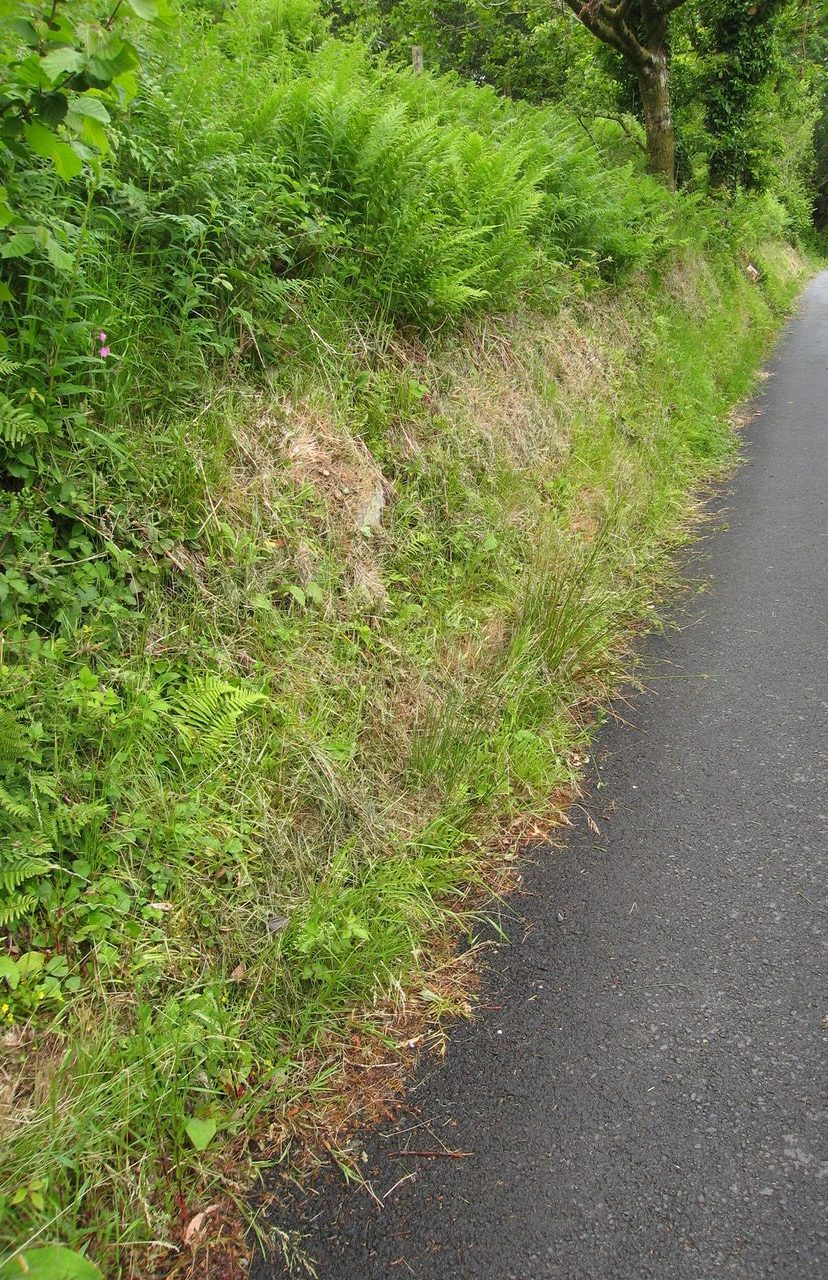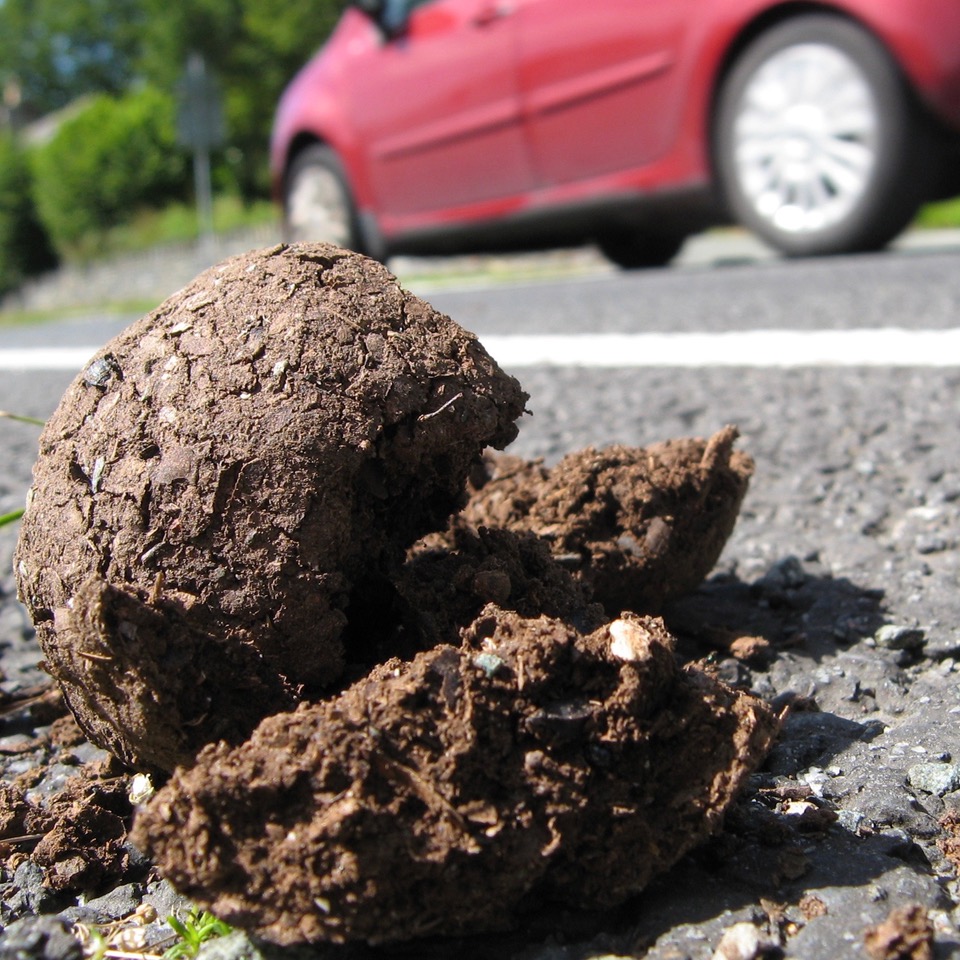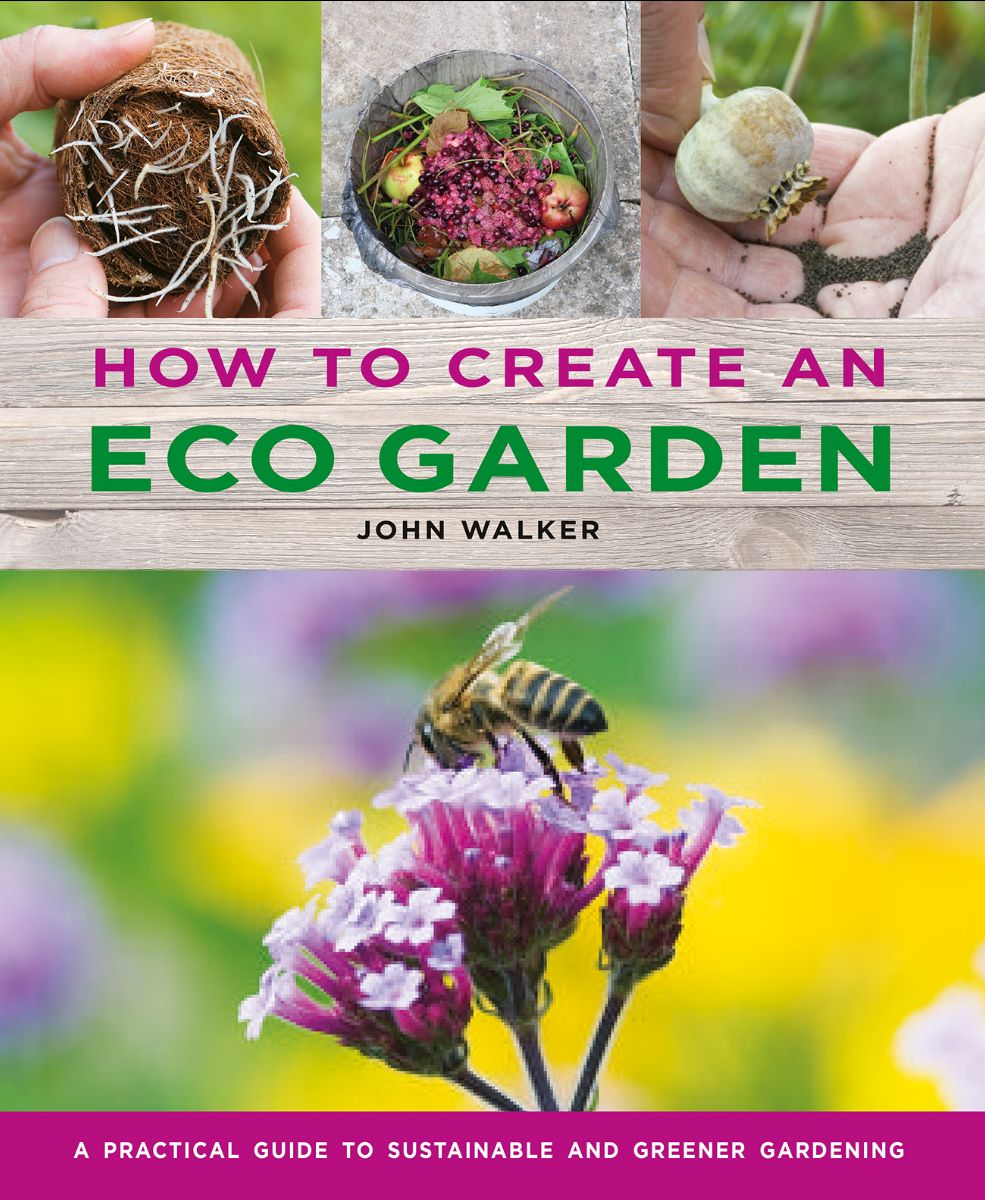Dropping bombs is the sweetest, most gentle kind of revenge we can take for the savage treatment of our flora-rich roadside verges. Our gardens are brimming with ripe seeds, so it’s time to get vengeful – with flowers.
By John Walker. Originally published by Hartley Botanic magazine as ‘Bombs that bloom’, 10th August 2015

My low-traffic lane had a thriving miscellany of wild flowers until it was pointlessly shredded. It made me pretty mad…
Revenge, the saying goes, is a dish best served cold. I’m not the only gardener to have looked on aghast at the treatment that’s been meted out to the wild flowers (not to mention the wildlife) along our roadside verges, embankments and other strips and scraps of ‘public’ land over the summer months. Yes, there are signs that those responsible for the ‘safety’ of our highways are finally ‘getting’ that our roadsides (however increasingly litter-strewn they’re becoming) are one of the last refuges for wild plants which have been purged from intensively-farmed monocultures all across our landscape. But in many areas wild flowers – and all of the life that goes with them – exist precariously in narrow strips, just beyond the reach of the polluting weedkillers that rain down on the fields from which we extract much of our food.
“Although it will be delivered by bombs, my revenge will be peaceful, sweet and enduring”

Along with the wild flowers, I added a handful of single-flowered pot marigold (calendula) seeds to my bomb-making mix.
The scene is similar along our roads, where ruthless land management squeezes bees, butterflies and much other wild life into a hazardous strip between monoculture and hot rubber (yes, insects do get hit by vehicles). Here our hearts-on-four-wheels soar when cow parsley froths into bloom, or when foxgloves tower triumphantly in purple – but one pass of a flail cutter or a whining strimmer and everything, our hearts included, is flattened. This happens everywhere, from beside our busy main roads to the narrowest, sleepiest lanes like mine that see two or three vehicles a day. And don’t get me started on those dead, yellowing ribbons along verges sprayed with polluting glyphosate weedkiller…

Foxgloves are prolific right now – you can collect thousands of tiny seeds from just a single fading spike.
I’ve frothed and fumed aplenty this spring and summer, but rather than vent any more frustration on automaton-like local authorities, I’ve decided it’s time to get vengeful. If those who look after our roadsides insist on chopping down our wild flowers, often unnecessarily, in their prime and in the name of tidiness, it’s payback time. Although it will be delivered by bombs, my revenge will be peaceful, sweet and enduring. It calls for lots of seeds – which are abundant right now – and will result in a quiet revolution led by beautiful flowers.
“You don’t need anyone’s permission, and it’s dead easy”
My beautiful bombing campaign will bring new life to dull, strimmed and sprayed-to-death strips of earth, barren car parks, footpaths, overlooked building plots, the weedkiller-poisoned edges of school playing fields, boring traffic roundabouts, abandoned gardens… choose your most needy targets and start planning your own. You don’t need anyone’s permission, and it’s dead easy. What you will need is some wild/garden flower seeds, some mature, crumbly leaf mould, fungicide-free wallpaper paste (or the preservative-free cellulose adhesive used in making papier mache) and an old bucket.
How to make bombs that bloom
 1 Gather a rich mixture of flower seeds. The lane gave me cow parsley (Anthriscus sylvestris), red campion (Silene dioica), primrose (Primula vulgaris), foxglove (Digitalis purpurea), sheep’s-bit scabious (Jasione montana), hedge garlic (Alliaria petiolata) and meadowsweet (Filipendula ulmaria). The garden yielded pot marigold (Calendula vulgaris), Welsh poppy (Meconopsis cambrica), ox-eye daisy (Leucanthemum vulgare) and bluebell (Hyacinthoides non-scripta). I gathered some alexanders (Smyrnium olustratrum) from the roadside a few miles away.
1 Gather a rich mixture of flower seeds. The lane gave me cow parsley (Anthriscus sylvestris), red campion (Silene dioica), primrose (Primula vulgaris), foxglove (Digitalis purpurea), sheep’s-bit scabious (Jasione montana), hedge garlic (Alliaria petiolata) and meadowsweet (Filipendula ulmaria). The garden yielded pot marigold (Calendula vulgaris), Welsh poppy (Meconopsis cambrica), ox-eye daisy (Leucanthemum vulgare) and bluebell (Hyacinthoides non-scripta). I gathered some alexanders (Smyrnium olustratrum) from the roadside a few miles away.
 2 Compost and soil are too precious to use for flower bombs, so I use well-rotted leaf mould, which I have lashings of. After passing it through a 6mm (1/4in) sieve, I add a teaspoonful of wallpaper paste to roughly half a bucket of leaf mould, and mix thoroughly. The leaf mould should be moist enough so it just exudes water when squeezed. If it’s dry, moisten it first. The paste helps bind the bombs together.
2 Compost and soil are too precious to use for flower bombs, so I use well-rotted leaf mould, which I have lashings of. After passing it through a 6mm (1/4in) sieve, I add a teaspoonful of wallpaper paste to roughly half a bucket of leaf mould, and mix thoroughly. The leaf mould should be moist enough so it just exudes water when squeezed. If it’s dry, moisten it first. The paste helps bind the bombs together.
 3 Mix your gathered seeds together and scatter them over the leaf mould, then work them in well so they’ll be distributed throughout each bomb. For a belt and braces blending, tip the ingredients into an empty compost bag and turn it upside down half a dozen times. Smaller seeds, such as those of Welsh poppy, will disappear into the mix, but you’ll still spot the larger ones, like smooth and shiny bluebell seeds, when you mould your bombs.
3 Mix your gathered seeds together and scatter them over the leaf mould, then work them in well so they’ll be distributed throughout each bomb. For a belt and braces blending, tip the ingredients into an empty compost bag and turn it upside down half a dozen times. Smaller seeds, such as those of Welsh poppy, will disappear into the mix, but you’ll still spot the larger ones, like smooth and shiny bluebell seeds, when you mould your bombs.
 4 Now comes the therapeutic part of bomb-making: take a fistful of the mix, squeeze it together (this is where the cellulose paste does its stuff) and shape it into a ball. Use both hands to knead the mix, then roll it between them for the final finish. Aim for somewhere between golf- and tennis-ball size; bigger bombs will travel/bounce further. Some seeds will be embedded in the bomb’s outer casing.
4 Now comes the therapeutic part of bomb-making: take a fistful of the mix, squeeze it together (this is where the cellulose paste does its stuff) and shape it into a ball. Use both hands to knead the mix, then roll it between them for the final finish. Aim for somewhere between golf- and tennis-ball size; bigger bombs will travel/bounce further. Some seeds will be embedded in the bomb’s outer casing.
 5 Freshly made bombs are good to drop right away. Or, while you plan your campaign, you can stand them in the greenhouse to dry out; once they’re dry the seeds won’t start to grow until the bombs have been deployed and become moist again. Dry bombs are also lighter in weight, should you want to take a pocketful on your next walk, or have them ready to drop in a corner of the next lifeless car park you visit.
5 Freshly made bombs are good to drop right away. Or, while you plan your campaign, you can stand them in the greenhouse to dry out; once they’re dry the seeds won’t start to grow until the bombs have been deployed and become moist again. Dry bombs are also lighter in weight, should you want to take a pocketful on your next walk, or have them ready to drop in a corner of the next lifeless car park you visit.
 6 Now your’e ready to go flower-bombing. How you do it is up to you: drop them along roadsides and footpaths, or in bare corners of car parks, or fling them onto derelict bits of land to scatter seeds where they might never otherwise reach. You could even flip the odd one out of the car window (verge-side only, and with care). If the bombs ‘explode’ on impact, their contents are spread even more widely.
6 Now your’e ready to go flower-bombing. How you do it is up to you: drop them along roadsides and footpaths, or in bare corners of car parks, or fling them onto derelict bits of land to scatter seeds where they might never otherwise reach. You could even flip the odd one out of the car window (verge-side only, and with care). If the bombs ‘explode’ on impact, their contents are spread even more widely.
You won’t get an instant uprising of blooms with an autumn bombing blitz. Some seeds, such as calendula, foxglove and red campion, will germinate and produce young seedlings straight away. These will then grow slowly and produce flowers next spring and summer. Others, such as cow parsley, won’t come up until next spring. Some might not thrive at all, depending on where the bomb lands, but getting a broad variety of flowers into your mix will ensure that at least some will succeed. I chose my mix because I know that they all provide valuable sources of pollen and nectar for insects over many months, starting in spring.

Seed bombs can explode into life before you’ve even dropped them…
Doesn’t this sound like the sweetest, most gentle kind of revenge? Better still, it’s something we can all have a go at. It’s time not to get mad, but to get even – with flowers.





This is lovely. But would you agree that in rural areas especially, it’s best not to include garden seeds which are not native to your local patch?
Thanks for your comment, Jenny. Part of me would rather see any flowers along our roadsides as a preference to strimmed and/or glyphosate-poisoned carnage, but I take your point about non-native seeds. My preference is always to gather seeds from local wild flowers, and top-up with seeds from my garden. For instance, I have copious amounts of Welsh poppies, foxgloves, wild angelica and the like, which I add to seed bombs. In many ways I’m just speeding up their journey to a patch where they’ll establish and thrive – or not as the case may be. Adding in a few pot marigold seeds isn’t going to do any harm, I think. And I would never spread aggressively invasive plants. There are lots of ‘wild’ flower seed mixes being sold and sown nowadays, in urban and rural areas. I can’t see how we would ever manage to police them all, even if we wanted to.